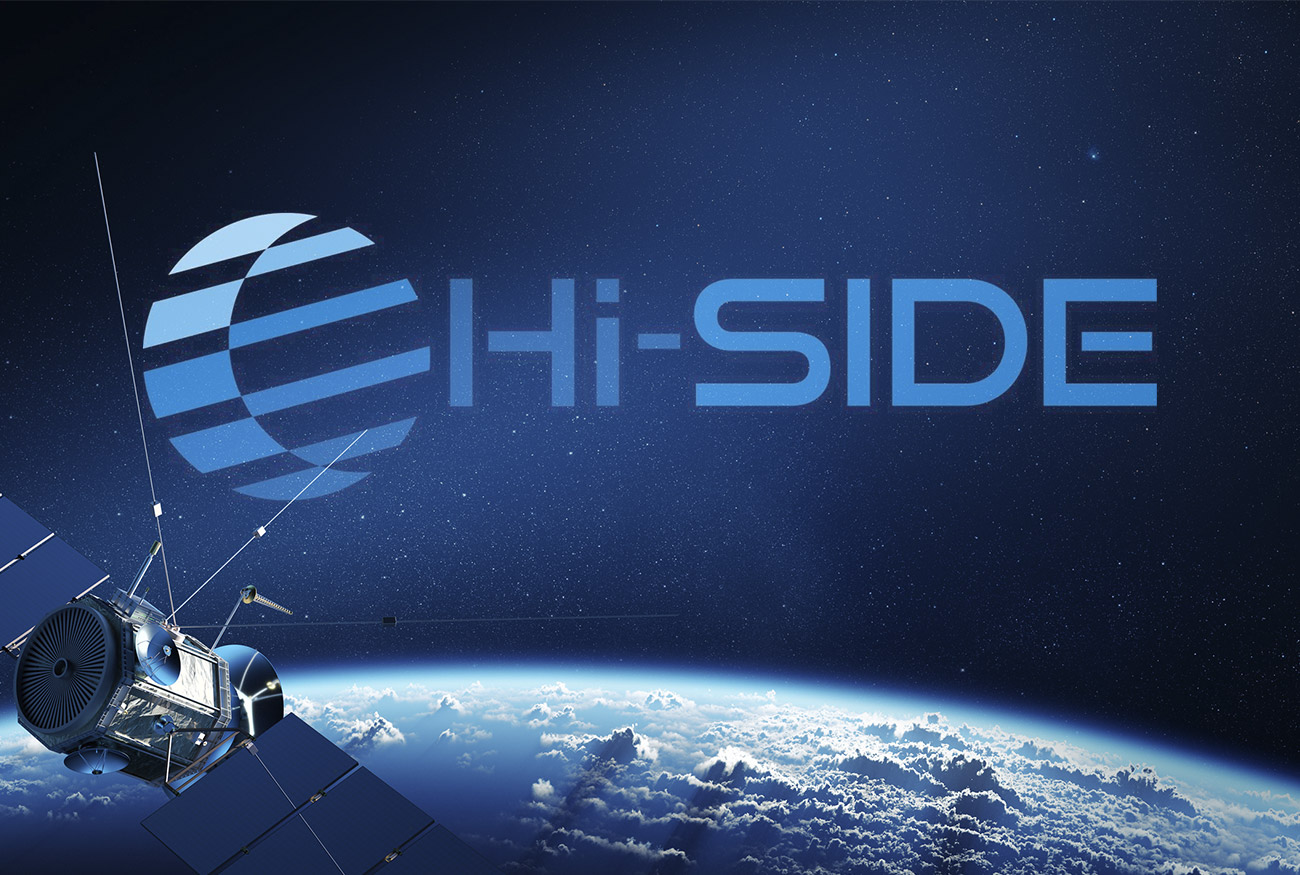Posted: Tuesday, March 2, 2021
ERZIA, along with the 12 other trans-European Consortium partners of the Hi-SIDE (formerly Hi-FLY) project, an EU-funded Research and Innovation program which was started in January 2018, recently celebrated the achievement of a major milestone with the completion and publication of detailed design descriptions for elements of the project’s high speed data chain (HSDC). The designs, which meet all the rigorous requirements for space flight and satellite application, were made available for all elements of the HSDC, including but not limited to onboard network, data compression, storage, protection, and transmission. These design descriptions constitute the capstone achievement in the most recent phase of the project, which has an anticipated end during 2021. The next stage of the project will see these designs used as the blueprint for the manufacture and testing of each individual element of the data chain before the ultimate end-to-end demonstration of the completed HSDC.
The main objective of the Hi-SIDE project is to develop and produce the next generation of data chain technology with the goal of increasing the amount of information that can be collected, as well as the speed at which it can be processed, stored, and ultimately delivered to the ground. This data is invaluable for weather forecasting, disaster monitoring, and tracking climate/environmental changes, as well as potential future telecom missions. Hi-SIDE expects to produce data chain modules which can support end-to-end data rates up to 5x higher than the current HSDCs in the short term, but with the potential to support considerably higher rates in the long term. With commercial satellite applications on the rise, and with them the demand for more precise and efficient data relay, it’s more important than ever that engineers and scientists continually improve upon the current limitations of the HSDC for both the public and private sectors.
ERZIA for their part has been tasked with establishing requirements for the Ka-Band solid state power amplifiers (SSPAs), as well as their design, manufacture, and testing. These SSPAs will be subjected to rigorous testing, to ensure they can hold up to the harsh dangers of space while continuing to hold output power in place across the broadest frequency ranges, similar to Erzia KA Band Amplifiers.
ERZIA continues to be an industry leader in the fields of aerospace engineering and defense applications and is known for producing compact SSPAs that are the perfect solution for systems where high reliability, excellent performance, and the ability to withstand the harshest environmental conditions are mandatory.

Share
